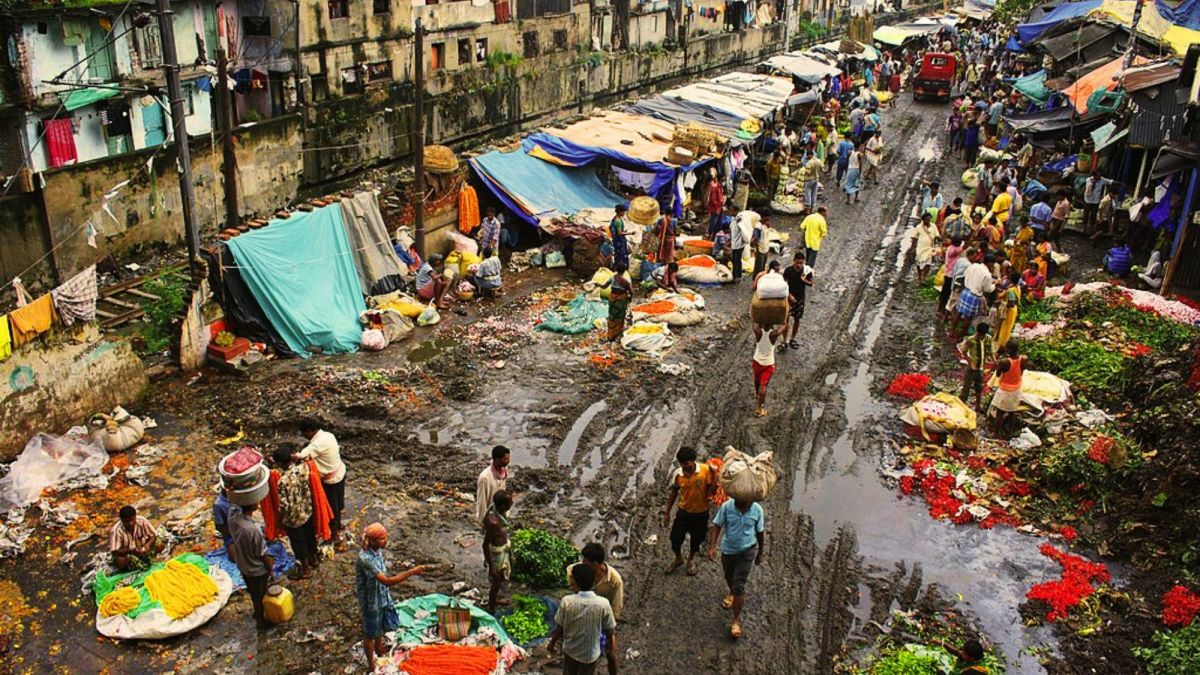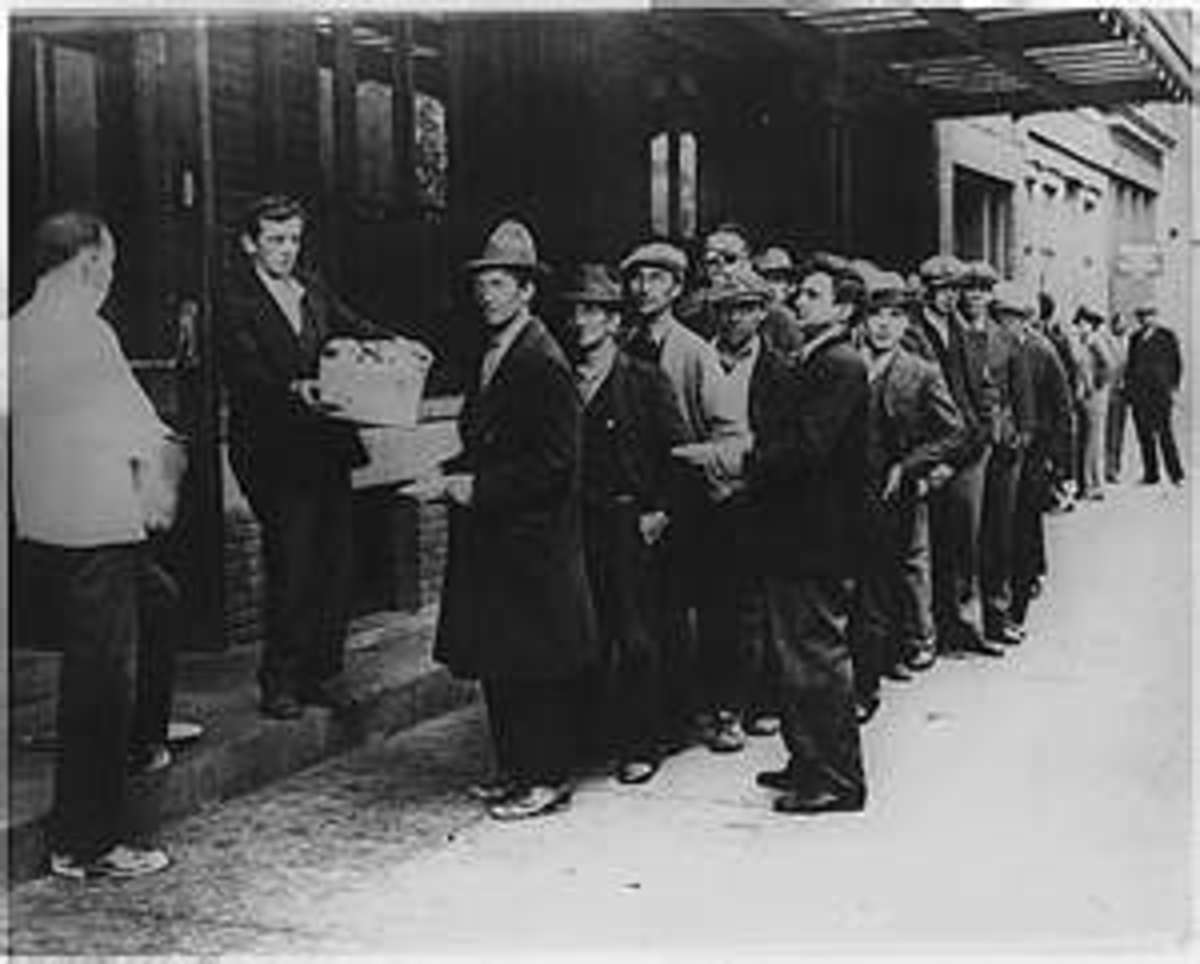Dystopia in Western New York
From Innovation to Exile
Ineffective urban planning has had a negative effect on the economic status of Buffalo, New York. Due to ill-advised planning on the part of city officials, Buffalo has seen enormous opportunities ripped out of its grasp. Building the University of Buffalo in Amherst- a now prosperous town twenty miles north of the city, was one of the first mistakes. The prevalence of "Silver-bullet planning", thinking that one project at a time will make a change, was another mistake. Placing a highway over the waterfront has also become problematic. Retail shopping in oversized malls and plazas instead of the charming brick and mortar stores that once existed, and finally placing the subway system where practically no one can access it. The city of Buffalo remembers powerful factories, such as Bethlehem Steel, that could control where development could take place; it remembers city stores that lined the streets and the appeal with which Buffalo used to emanate, However, a perception exists in the 21st century, that Buffalo has failed to adapt to current technological standards and has now become and underdeveloped slum.

The Controversial Location of the University of Buffalo
The north campus of the University of Buffalo, which would have been a great opportunity for the city of Buffalo to grow, was built outside the downtown area in Amherst. The decision to locate the new campus in Amherst remains controversial. A downtown location would have been a squeeze geographically, and there was concern that urban problems would become university problems. However, if it had been built there, it is likely that the city would have rivaled Toronto as a cultural leader. Toronto is currently the fasting growing city in North America. The campus did create the desired urban sprawl, however not in the downtown area. The need for additional student housing, places to shop, and parking took Amherst, from being a tiny village to the thriving community it is now. Due to this poor planning, city officials have back tracked on this ambitious decision, regretting that what happened in Amherst could have also happened in the city of Buffalo.
Poll
What is the most viable option for Buffalo's economical woes?
The Subway Disaster
The Skyway- a highway placed hundreds of feet in the air on the waterfront- as well as the major transit systems, cut off major parts of the city. The subway cuts the city in half, rather than encircles it. Both of these plans account for very poor planning by dividing the city and using prime real estate for the Skyway. The subway that currently operates was created in the hopes that Buffalo would become a city that people could walk to in order to attend cultural events and shop at the same time. This overzealous attempt to reconnect the inner city with the outer ring (Amherst), by means of the subway, was a complete disaster; the subway stopped before it actually made it to Amherst and instead of bringing people into the city, the current system of travel prevents that. On the above ground portion of the subway, the project eliminated all cars and traffic on the street and shut off the road off to drivers, which only left the sidewalks to walkers who had become uncomfortable and unsafe. Safety issues in this area had become expensive to monitor.
Zero Foresight
Stores in the city that lined the streets have become a dying breed due to the urban sprawl of strip malls and plazas. People were moving out of the city into different developments, thus leaving the inner city to suffer, while the city of Amherst was growing. The city turned downwards with unemployment and a lack of money. There were significant amounts of people moving to the outer ring of the city, and these people had the need for a one-stop shopping plaza. So instead of taking older buildings in the city and renovating them to adjust to the changing times, city officials permitted the abandonment of housing, shops, and warehouses, making the outer ring of the city more attractive than the downtown area. There were very little ordinances in place, from a legality standpoint, and zero policies in place to create a planned growth for the movement of businesses and people. The deserted appearance, lack of green space, abandoned housing and the loss of historical buildings were all created by erratic and hap hazard judgement within the political ring of Buffalo.
The Solution
The policy needed for the city of Buffalo to thrive again, is to have multiple projects happening at once and eliminate "Silver Bullet" planning; there is no one project in itself that could spark the interest of those who live there. Aspects of this policy include events that are currently happening and what should be done in the future. City officials are currently working on expanding the south campus of the University of Buffalo more to the downtown area. The north area of the campus is also branching out into the downtown area because it cannot accommodate future growth. The current location in Amherst has limited space, and by refocusing attention back to the downtown area, students and employees of the school regain access to cheaper housing, office and class space. Aspects of this policy that still must be done are to include the Public Works projects to clean run down areas. This program has been used in Los Angeles and Chicago with great success. Another aspect is to extend the subway to the north campus of the University of Buffalo, thus bridging the gap between an affluent economy and a poor one.
The benefits of this policy would be a revitalization of the city that would promote a needed economic boost to everyone living in the area. The limitation to this policy of multiple urban renewal projects is that extensive amounts of money would be needed. This would require a major redirection of funding from the state to Buffalo instead of New York City. Many locals are forced to relocate to New York City solely because of the lack of real opportunity in Buffalo. Another limitation of this policy would be special interest groups that would love to turn the waterfront into a historical site or preserve it, while real estate wants to build on it; therefore, creating the same issue of blocking the waterfront.








